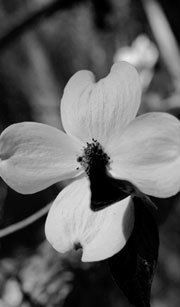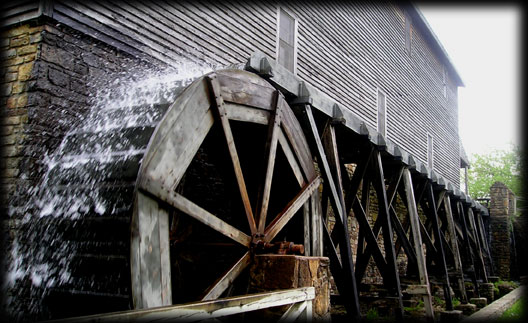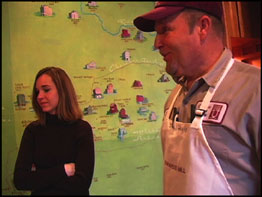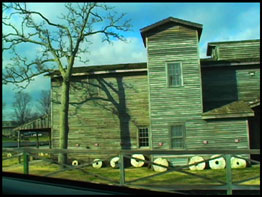 |
||
 |
||

 |
• HOME • GENERAL STORE • NATURAL HERITAGE • HISTORY, CULTURE & CRAFTSMANSHIP |
||||
|
Craftsmanship
• Mills of the Ozarks |
|||||
| Mills Index • War Eagle • Klepzig • Edwards • Alley Spring • Falling Spring Craftsmanship Index • Basketweaving • Blacksmithing • Dollmaking • Glassblowing • Mills of the Ozarks • Musical Instruments • Painting • Pottery • Quilts and Sewing • Woodcarving Culture Index • Agriculture • Book Learning • Cooking • Craftsmanship • Faith in the Hills • History • Music • People of the Hills • Storytelling • Tourism |
|||

Edwards Mill, located on the campus of College of the Ozarks in Point Lookout, Missouri, began as a poor man's dream.
The dream materialized when Mr. and Mrs. Hubert Edwards, a Kansas City business couple, agreed to finance a fully operational replica of an Ozark grist mill conceived by William Cameron.
Cameron came to the United States from his home country of Ireland in 1923. He worked as a miller and mill product salesman throughout the Ozarks region for nearly half a century.
"In all of Missouri, I called on about 180 flour mills, some of them as small as 25 barrels a day and others as large as 3,500 barrels," Cameron once said.
When Edwards Mill was built in 1972, only one working mill remained in the state of Missouri. Since that time, many of the old mills (seen on the mural map in Edwards Mill, at right) have been restored or made into state historical attractions.
The idea to build the mill was made possible only through the generousity of Hubert (Hubie) and Alice Edwards.
Edwards was the chairman of the board of the Dixie-Portland Flour Mills in Kansas City at the time of construction.
Authenticity is the theme of the mill. Massive timbers that form the framework were mortised and pegged in the tradition of pioneer structures, when iron fastener were rare.
The mill is made of native woods such as oak, maple and cedar. It operates with runoff from Lake Honor.
Edwards Mill was dedicated on October 7, 1972. It employs many students working to defray their educational costs in the capacity of millers, clerks, weavers and basketweavers.
— page 7, From The Ozarks Oven: Edwards Mill Cookbook, by Betty Watts, College of the Ozarks, 1989.


| Lake Honor was hand-dug in 1931. It is located in the heart of the College of the Ozarks campus. Water is piped into the lake from nearby Taneycomo and used as a cooling system for the campus power plant. In addition to serving in this capacity, Lake Honor is a site of beauty. Its fountain is illuminated in the evening. The lake also serves as home to a pair of white swans and several mallards. Lake Honor symbolizes, for the campus, prestige, heritage, and, as its name implies, honor. — page 43, From the Ozarks Oven: Edwards Mill Cookbook, by Betty Watts, College of the Ozarks, 1989. Credits — Many thanks to the faculty and staff of the College of the Ozarks for their support, most notably Elizabeth Andrews of public relations and Annette Sain of the Ralph Foster Museum. State of the Ozarks salutes this unique school for exemplifying modern-day Ozark heritage. Suggested reading — Miracle of the Ozarks by Jerry C. Davis. ______ To learn more, be sure to check out these StateoftheOzarks articles related to the College of the Ozarks: • Edwards Mill, A Tradition • Makin' Fruitcake • The Ralph Foster Museum |
|||